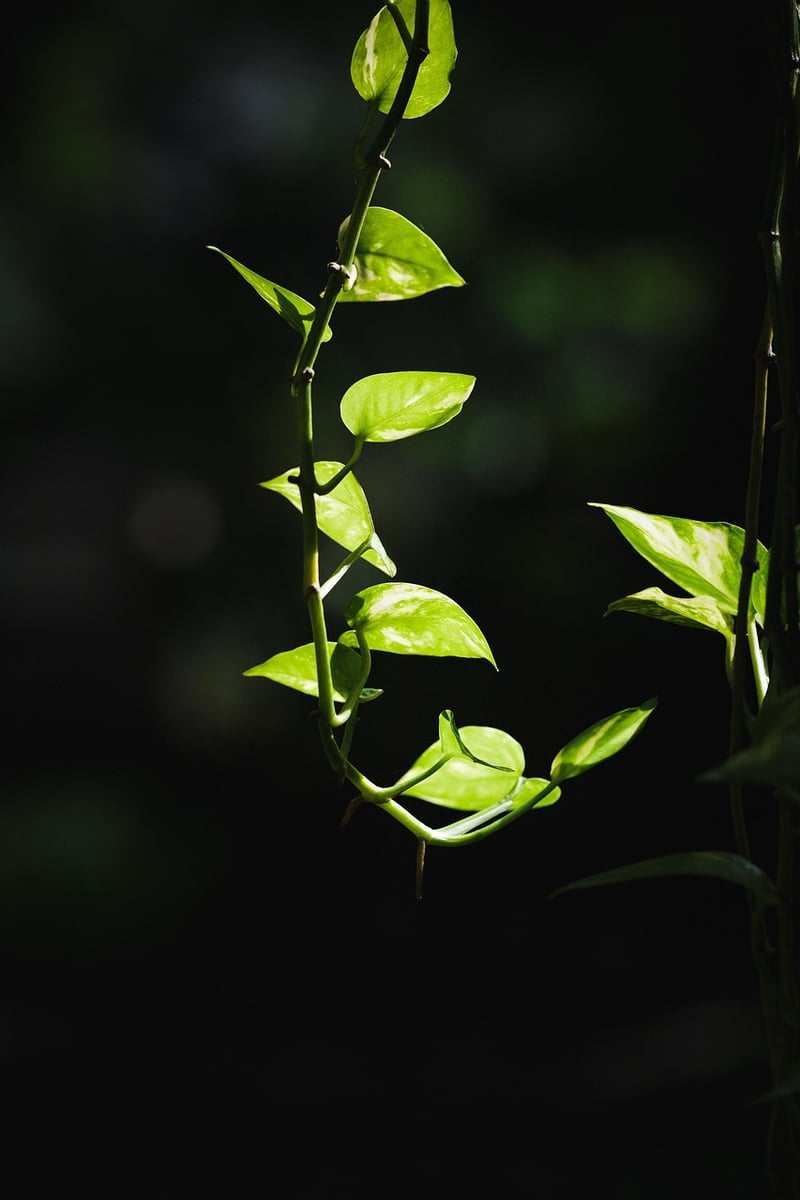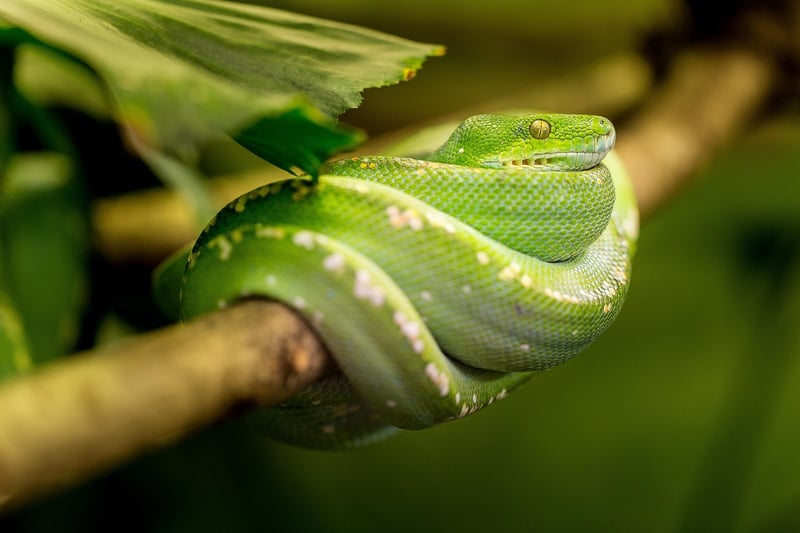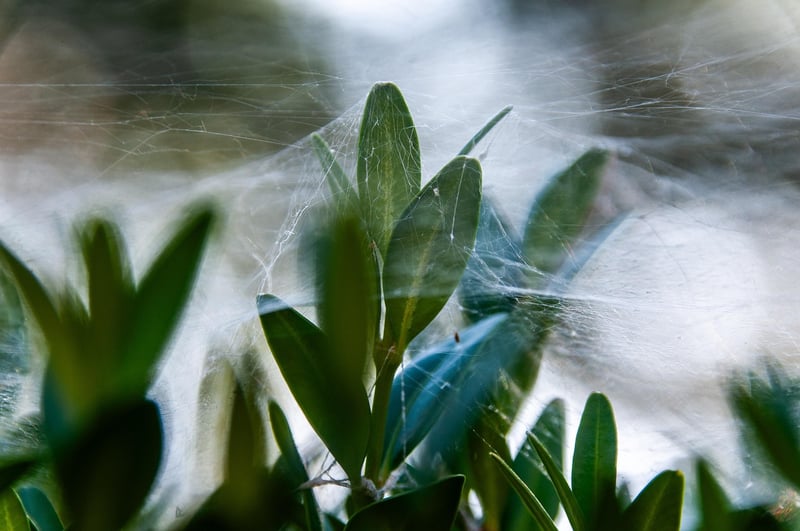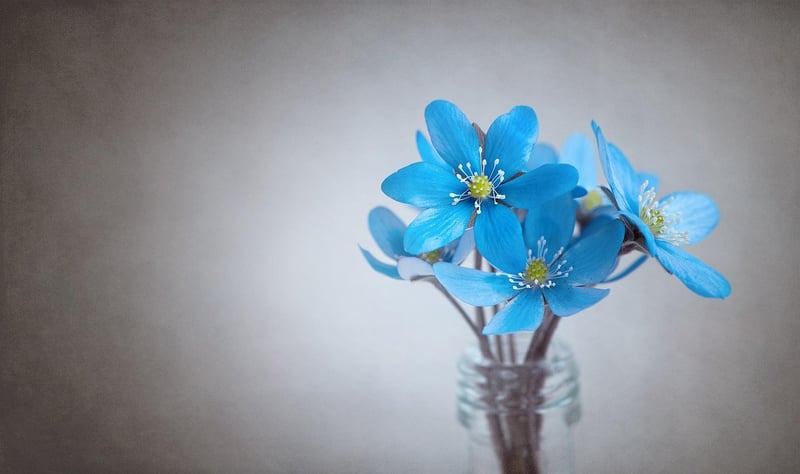Low-Light Plants
Growing Plants Indoors: A Guide to Low-Light Plants
Indoor plants not only add beauty to your living space but also help purify the air and boost your mood. However, not all homes have ample natural light, making it challenging to grow plants indoors. If you are facing this issue, fret not! There are plenty of low-light plants that thrive in dim conditions.
Benefits of Indoor Plants
Before diving into the world of low-light plants, let's explore some benefits of having indoor plants:
- Improves air quality
- Reduces stress and boosts mood
- Adds aesthetic appeal to your home
- Increases productivity and focus
Top Low-Light Plants for Indoor Gardening
Here are some low-light plants that are perfect for indoor spaces with minimal natural light:
- Pothos (Epipremnum aureum) - Known for its air-purifying qualities and easy maintenance, pothos can thrive in low light.
- Snake Plant (Sansevieria trifasciata) - With its striking appearance and ability to survive in low light and drought conditions, the snake plant is a popular choice.
- Spider Plant (Chlorophytum comosum) - This resilient plant is great for beginners and can thrive in various light conditions, including low light.
- Peace Lily (Spathiphyllum) - Known for its elegant white flowers, the peace lily can bloom in low-light settings.
- ZZ Plant (Zamioculcas zamiifolia) - A hardy plant that can tolerate low light and irregular watering, making it ideal for busy individuals.
Tips for Caring for Low-Light Plants
To ensure your low-light plants thrive indoors, here are some essential care tips:
- Rotate your plants periodically to ensure even growth.
- Avoid overwatering, as low-light plants typically require less water.
- Clean the leaves regularly to remove dust and allow better light absorption.
- Use a well-draining potting mix to prevent waterlogged roots.
- Monitor the humidity levels in your home, as some low-light plants prefer higher humidity.
By selecting the right low-light plants and providing them with proper care, you can enjoy a green and vibrant indoor garden even in spaces with limited natural light.
Remember, each plant has its own specific care requirements, so be sure to research individual plant needs for optimal growth and health.
Happy indoor gardening!





